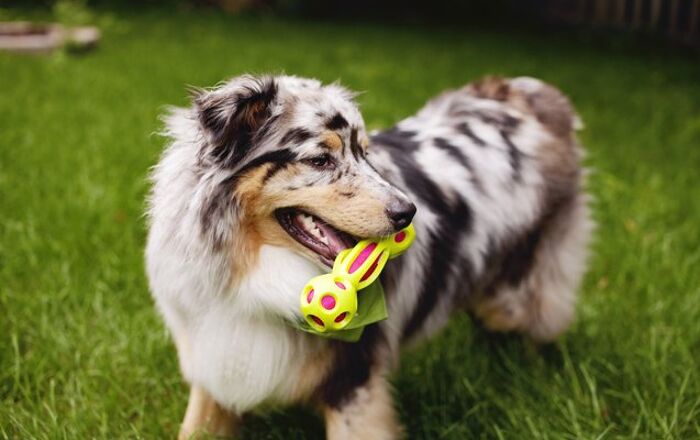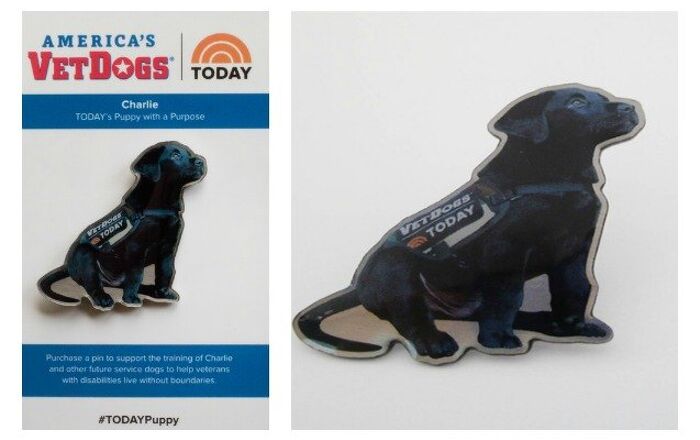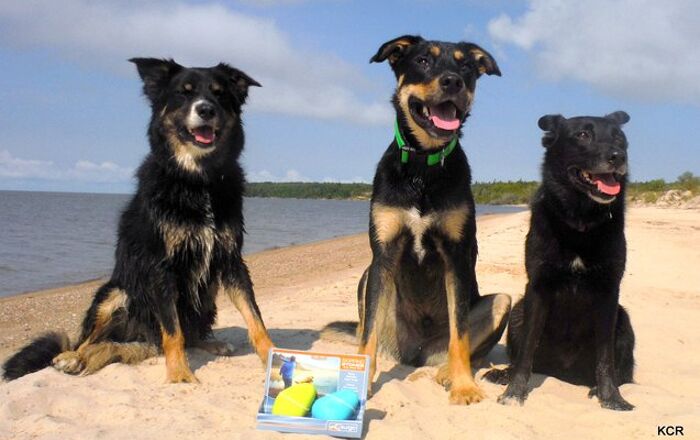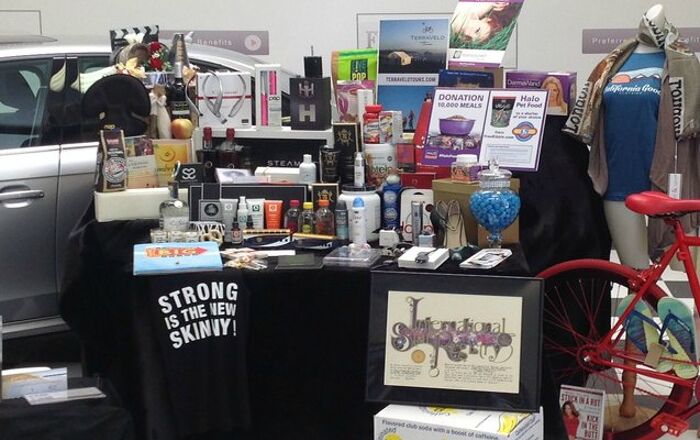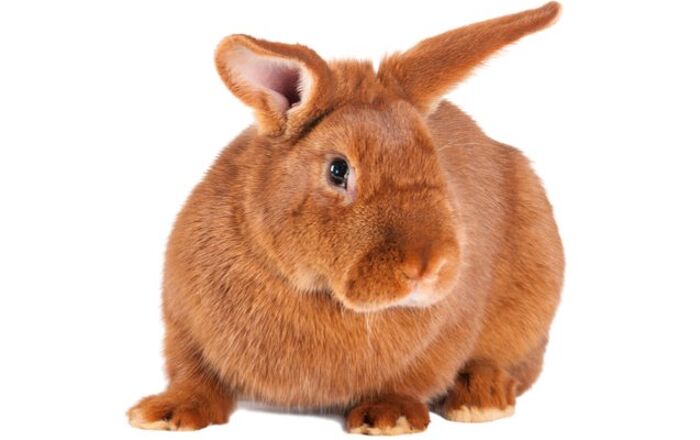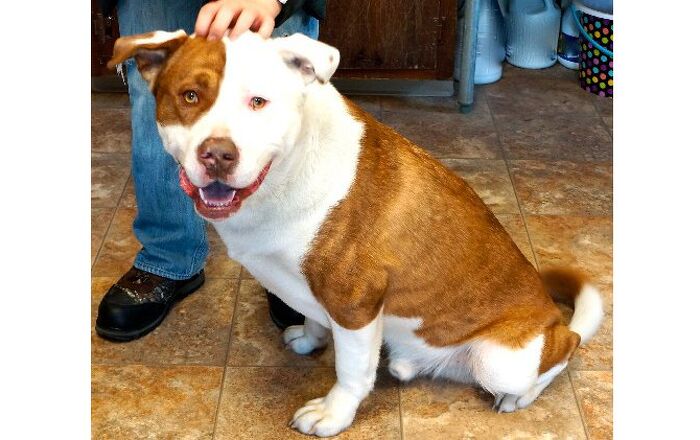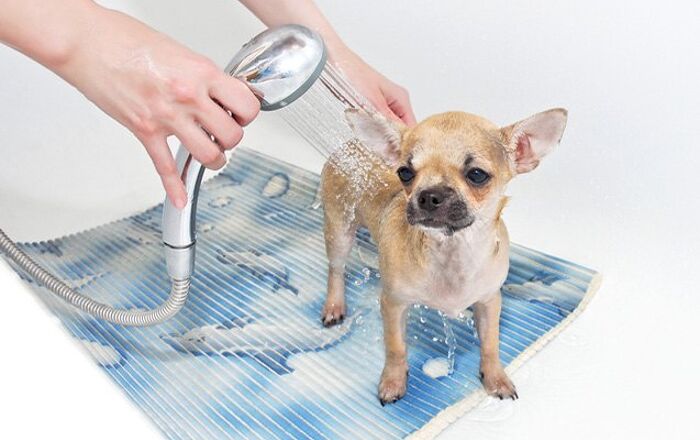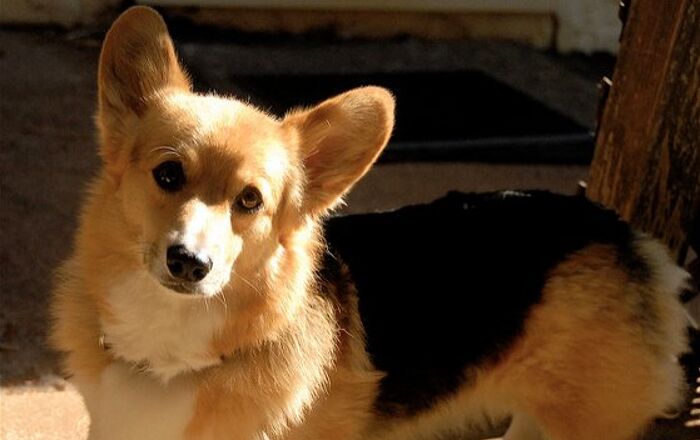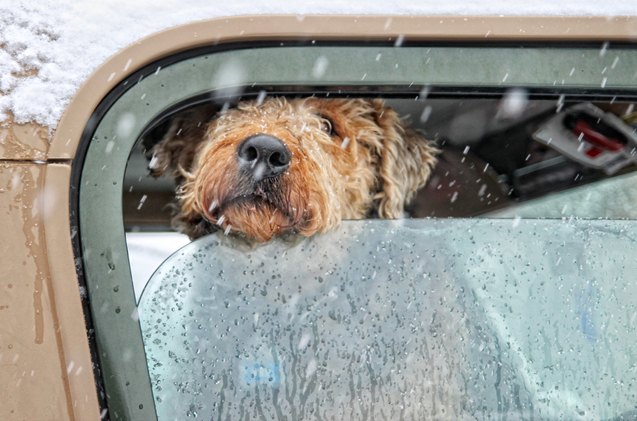
‘Tis the season for travelling, as we gear up to hit the winter roads for some festive visiting. If you’re bringing your dog along with you on the road trip, we have a few tips to keep in mind before you drive off to your holiday destination.
The Automobile Association (AA) claims that over 18 million cars take to the roads over the Christmas period, making it one of the busiest times of year to travel. Many of us have our families spread far and wide and will be taking a trip over the festive period to share time with our loved ones.
As dog owners we don’t want to leave our furry family member alone for Christmas, as a family celebration it wouldn’t feel right not to have him involved in the festivities. Finding someone to feed your dog whilst you’re away is extremely difficult over this period, most people are too busy celebrating and enjoying their families company to pop over and feed, water and walk the dog. For many of us the only option is to take our four legged friend with us at Christmas.
Every summer we are reminded of the dangers of taking or leaving a dog in a hot car however literature on travelling with a dog in the winter is a lot less common. If you’re travelling with your dog this winter remember to consider the following to ensure he is as comfortable and safe as possible.
Carefully Check Around Your Car Before Travelling
If you are heading out somewhere without your pet, don’t assume that he or she isn’t trying to hitch a ride. In fact, the warmth of your car may attract your own pets or the local stray cats in the neighborhood, encouraging them to snuggle up into the warm of the engine. Before heading out each morning, take a moment to do a full visual inspection of your vehicle and bang on the hood to scare off any stray cats from taking shelter where they shouldn’t.
Carefully Check Around Your Car Before Travelling
If you are heading out somewhere without your pet, don’t assume that he or she isn’t trying to hitch a ride. In fact, the warmth of your car may attract your own pets or the local stray cats in the neighborhood, encouraging them to snuggle up into the warm of the engine. Before heading out each morning, take a moment to do a full visual inspection of your vehicle and bang on the hood to scare off any stray cats from taking shelter where they shouldn’t.
Keeping Warm
Whilst you and I will wrap up in hats, scarves, gloves and coats dogs only have a slightly thicker coat in the winter to keep the cold out and the heat in – winter can be bone chillingly cold. You may have the heat on in the car but the boot area where you keep your dog will be cooler than the rest of the car. Invest in a dog jacket if you have a smaller dog or a dog who is more sensitive to heat purchase a blanket for the back of your car that he can use if he needs to.
Frostbite and Hypothermia
During the winter months, we see many ad campaigns and warnings about the risks of extreme heat and your pet. While most pet parents are aware of the short-term discomfort of being out in the cooler weather, extended exposure is a much more serious concern! If your pet spends too much time exposed to the cold temperatures, he may experience frostbite or hypothermia. Much like heat stroke, these conditions can be fatal if left unaddressed.
Frostbite targets the extremities, including your dog’s paws, ears, and tail. While the center of mass in your dog can stay warmer for an extended time, despite the outside temperatures, these areas are more susceptible to the cool temperatures. If your dog is left in a cold car, it won’t take long before he or she starts to experience the cool temperatures from the surrounding area. In time, even the core of the body will give in to the cool outside temperatures. Instead, you can protect your dog by avoiding keeping him or her in the vehicle for any extended period.
Protecting your Dog (And You)
We’ve all heard the warnings, if you don’t wear a seatbelt and you have an accident you could injure the person in front of you or go through the windshield. Whilst most of us are sensible enough to wear a seatbelt now that we fully understand the dangers and fines have been introduced, cars don’t come fitted with a doggy-belt and his safety is as paramount as yours. Ensure you purchase either a dog car cage, dog safety harness (like a seat belt) or a dog guard. These products will not only ensure your dog’s safety but will also protect you from being distracted by your dog climbing into the front of the car – or onto your lap.
Protecting your Car
Whilst your dog may be the calmest of dogs at home, a car journey can be both exciting and traumatic for your pup. Your dog could get travel sick, away from his usual surroundings he may be unable to let you know he needs the bathroom and he may get over excited and scratch and chew at the fixtures. In order to prevent this it is best to purchase a waterproof car protector for any journey’s you take with your dog. Allow your dog to spend some time in the car protector in the house before you first take him in the car, place a couple of the dogs toys or blankets in the car protector on your first journey – the smells and toys will be familiar comforting him and making the journey less traumatic for your dog.
Offer a Comfortable Place to Sleep
While you want to make sure that your pet is safe, as we previously discussed, this doesn’t have to be at the expense of making your pet comfortable. In fact, most dog crates or harnesses allow for the luxury of blankets or bedding to ensure that your pet is comfortable. Offer warm and fuzzy blankets to create a safe hideaway from the bitter cold including fleece-lined blankets and self-heating beds. By making it more comfortable for your pet, you can overcome your dog’s reluctance to travel during the winter weather. It’s a win/win for anyone that travels for the holiday season!
Hold Off on the Holiday Feast
If you have a big trip ahead of you, avoid overfeeding your pup. The more food that they eat before they hit the road, the greater the risk that they are going to experience nausea during their adventure. Instead, stop feeding your pet approximately 2 hours before any trip, waiting instead until you arrive at your new location. Once your pup has had the opportunity to settle into the new space, you can slowly introduce food to avoid making him/her sick.
Avoid Puddles During Pit Stops
If you’re stopping for a bathroom break outdoors in a parking lot or rest stop during your trip, pay careful attention to any puddles. Ethylene glycol, or antifreeze, is often found in puddles outdoors this time of year. This is a dangerous chemical compound that shouldn’t be ingested. Provide your dog with fresh water, when needed, and avoid allowing him or her to drink from outdoor puddles.

